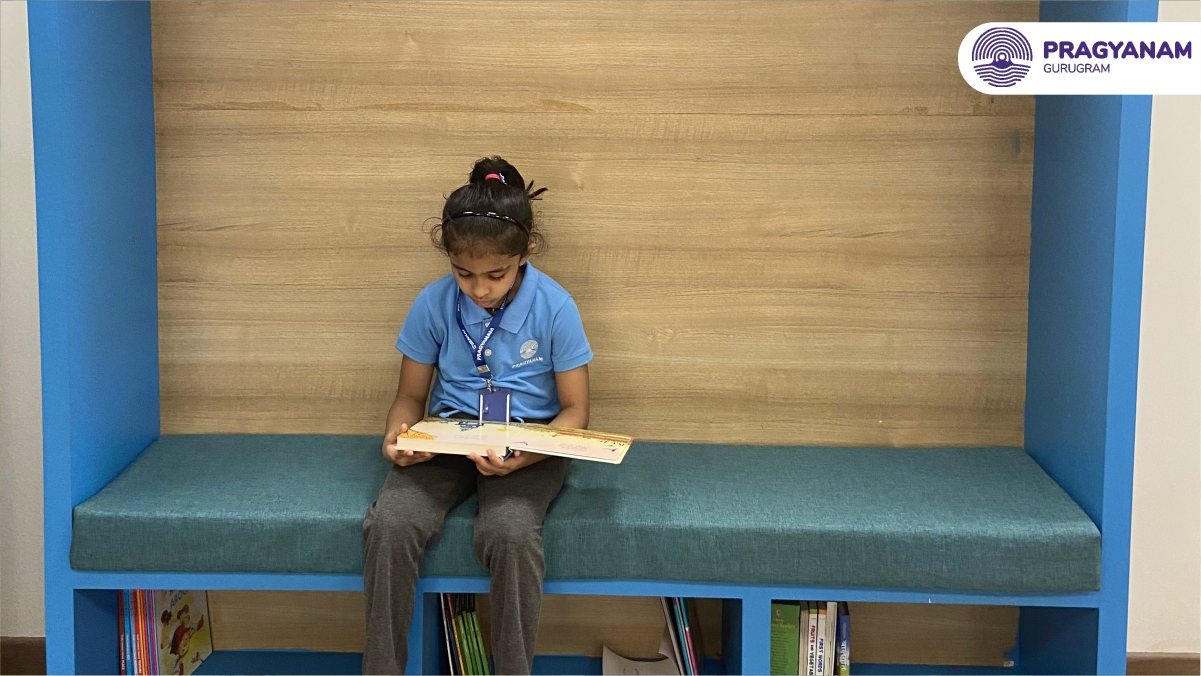Let us start with a fact- it isn’t possible for teachers to control student behavior. This is because the only behavior you can control is your own. Detention, yelling none of these work! If anything, they can make the child defiant. Does not mean there is nothing a teacher can do? Far from it! The good news is that teachers can actually help students take charge of their own behavior. Here are some important tips and strategies, if you have been plagued with how to handle misbehaving students.
Table of Contents
1. Get to the Crux of the Matter
First things first- it is important to determine what really is causing the disruptive behavior. Once you have a fix on the root cause you will be able to meet the student’s needs & will not land up reinforcing bad behavior. Typically, the student behavior may spring from two aspects-either to get something or avoid something. If, for example, the behavior springs from getting attention, and you land up yelling at the student, you would have offered negative attention, which to some extent will meet the student’s needs and will reinforce his or her behavior. For a student whose bad behavior is emanating from a need for attention, it will work much better if you ask them to help you with a certain assignment that is of interest to the child. This way you may to a large extent stem the bad behavior.
2. Stay Calm
One of the most important things in addressing student behavior is to stay calm yourself. Phrases such as “I hear you” can go a long way in de-escalating the situation. Silence is another handy tool. In the face of the student trying to challenge you, 10 seconds of silence has proven to be effective.
The answer to how to handle misbehaving students also lies in presenting children with a choice that helps them feel in control. For example, if a child refuses to work on an assignment, you can present choices such as whether you would want to work with a partner and sit in a quiet corner & finish it on your own. That way you have made clear that there is no choice regarding working on the assignment, yet you have given the student choice regarding how they want to execute it.

3. Establish Consequences in Advance & Stick to Them
It is imperative that you have a strong plan in place and communicate it to the students well in advance. The consequences of bad behavior, should be known to the students. There has to be a classroom management system that rewards positive behavior & penalizes negative behavior. Once you have announced the consequences make sure you follow them through, if there is a breach. Not enforcing the rules can have disastrous consequences, as children will learn that they can get away with bad behavior. It is also important to ensure that consequences are immediate to help the child relate the bad behavior to the consequences.
4. Reach Out & Ask for Support
Most schools will have trained counselors who are adept at dealing with children with behavioral issues. In case you experience extreme behavior, do reach out to them for support. Trained counselors will be able to guide you through the process of setting firm expectations & then following them through. Needless to mention that in case the child’s behavior threatens the safety of the teacher or other students, the administration needs to be quickly involved.
It is also important to document the list of negative student behavior as well as the tools you have used to address them. This will help establish the pattern of behavior & help you involve the administration at the right time.

To Sum up
Tackling student behavior is an important part of being a teacher. It is imperative therefore that you have a plan in place well in advance to be able to manage student behavior. It works well to have a system that works for all the children in the classroom so that no child feels that he or she has been singled out.
Do remember, however that there could be times when the child’s behavior is beyond you to correct. As long as you have made the right effort, do not beat yourself up. In such cases do call for help.





